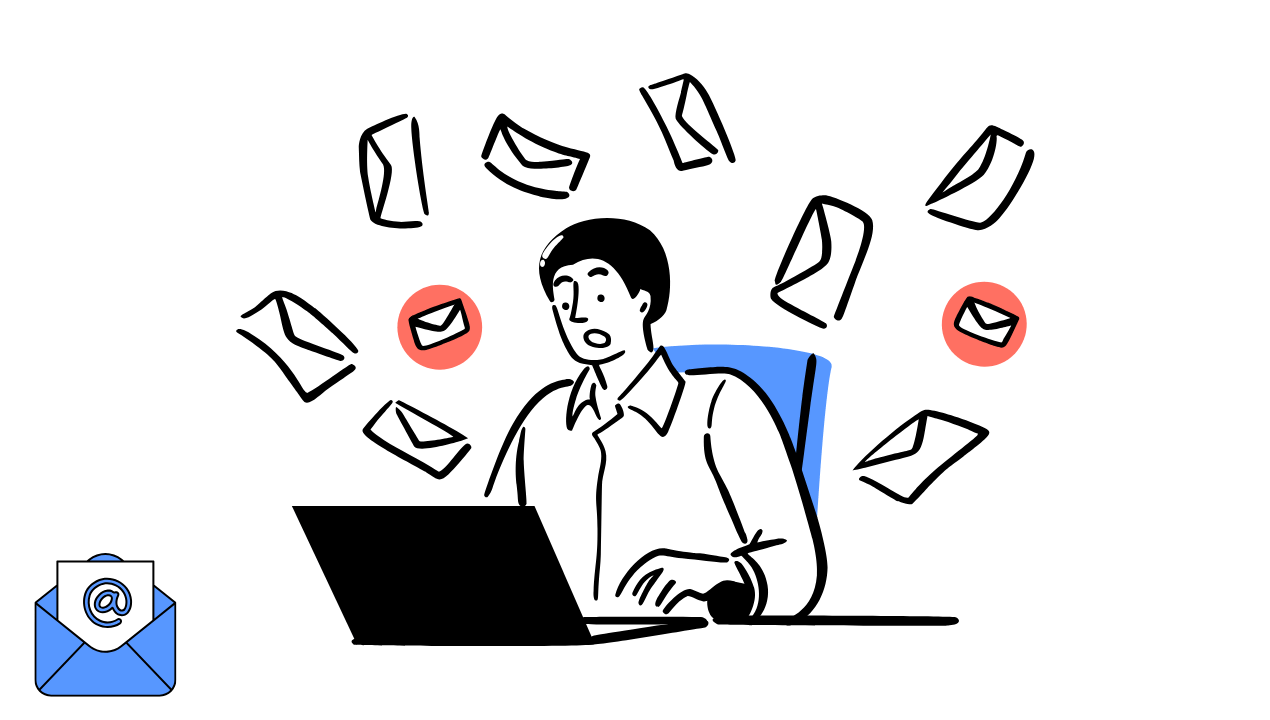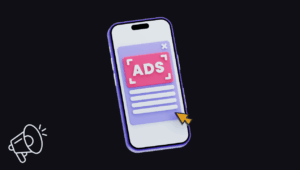When was the last time you opened an email from a stranger? If it caught your eye, there’s a good chance the subject line did the heavy lifting. In a world where inboxes are flooded with pitches, promotions and newsletters, your subject line is your first and possibly only chance to stand out. In this comprehensive guide, you’ll learn how to master outreach emails and craft subject lines that get opens and replies.
The art of writing outreach emails starts with crafting subject lines that not only get opened but also drive replies. This is where many campaigns fail. The body of your message might be perfect, but if the subject line flops, it never sees the light of day.
Let’s break down what separates a forgettable subject line from one that sparks curiosity, builds trust and earns a response.
Why Subject Lines Matter More Than You Think
Before we dive into what works, here’s why this matters. Whether you’re a marketer, salesperson, freelancer or founder, outreach emails are one of your cheapest and most direct growth tools. The ROI is massive if you get it right.
But statistics show otherwise. According to Mailchimp, the average open rate across all industries is roughly 21%. That means nearly 4 out of 5 emails go straight to the digital trash. The single biggest factor? The subject line.
When done right, a subject line: To Master Outreach Emails: Craft Subject Lines That Get Opens & Replies
- Grabs attention instantly
- Sets the tone of your message
- Builds credibility before a word is read
- Increases open and reply rates
Getting people to open your email is not the goal. Getting them to want to read more is.
The Psychology Behind Effective Subject Lines to Master Outreach Emails
Strong subject lines don’t happen by accident. They’re rooted in principles of psychology and persuasion. These are the five most effective tactics:
- Curiosity: Humans are hardwired to seek closure. A subject line that teases something unexpected can trigger an irresistible urge to click.
- Relevance: The more personalized your message feels, the higher your open rate. Mention names, companies or shared interests.
- Urgency: A gentle nudge that time is limited can prompt action. But avoid cheap tricks like all caps or fake deadlines.
- Benefit-Driven: Tell people what’s in it for them. Make the value immediately clear.
- Brevity: Keep it short. Mobile users often see just the first 30–40 characters. Clarity beats cleverness to Craft best Subject Lines.
High-Performing Subject Line Examples (And Why They Work)
Let’s look at real subject lines and analyze what makes them click-worthy.
| Subject Line | Why It Works | Psychological Trigger |
|---|---|---|
| “Quick question about [Company]” | Feels personal, low-pressure and relevant | Relevance, Curiosity |
| “Your SEO traffic dropped. Want help?” | Offers help, shows awareness of their pain | Relevance, Benefit-Driven |
| “A small idea to boost [Company]’s sales” | Positions the email as helpful and specific | Benefit-Driven, Personal |
| “Are you the right person to talk to?” | Creates intrigue while respecting the reader | Curiosity, Respect |
| “Loved your article on [Topic]” | Flattering, specific and personalized | Relevance, Reciprocity |
| “You inspired this (thanks)” | Builds emotional rapport | Personal, Emotional appeal |
Each of these subject lines does something critical. It shows you’ve done your homework. Generic intros like “Important update” or “Proposal inside” are dead in the water. So, people want to feel like the message was written just for them.
Crafting Subject Lines That Get Replies: The Formula
While there’s no magic sentence that works every time, a proven formula helps structure your approach. Use this framework:
[Trigger Word or Hook] + [Personal Element] + [Tease or Value]
Examples:
- “Quick idea for [First Name] at [Company]”
- “Saw you’re hiring SDRs – could I help?”
- “One suggestion after reading your blog”
If you’re stuck, try answering this question: “Why would I open this if I were them?”
It helps switch your mindset from sender to recipient. In addition, that’s where real persuasion begins.
Avoid These Common Subject Line Mistakes: Master Outreach Emails: Craft to Get Opens & Replies
Even seasoned marketers get it wrong. Here are the most common pitfalls to avoid:
1. Clickbait
Don’t overpromise or mislead. Subject lines like “Open this or regret it forever” may get clicks, but your reply rate will tank.
2. Excessive Length
Overstuffing the subject line confuses the reader and gets cut off on mobile. Aim for 6–8 words.
3. All Caps or Too Many Emojis
You’re not yelling into the void. Excessive punctuation, caps or emojis make you look like spam.
4. Being Too Vague
Subject lines like “Let’s connect” or “Following up” say nothing. Be specific and relevant.
5. Making It All About You
Flip the lens. Your subject line should speak to their needs, not your agenda.
Tips to Test and Improve Performance
Subject lines are a skill, not a guess. The only way to improve is to test and iterate. Here’s how:
Split test regularly: Send variations of subject lines to different segments and measure open rates.
Track replies, not just opens: Open rate is step one. Your ultimate goal is conversation.
Personalize more deeply: Go beyond first names. Mention recent projects, mutual connections or shared interests.
Use preview text strategically: This is the text that shows beside the subject line. So, use it to complement your message.
Bonus: Subject Line Templates You Can Use Today
Need a few starters? Here are plug-and-play templates you can adapt.
- “Idea for [Company]’s [Specific Goal or Challenge]”
- “Saw [Recent Activity], thought this might help”
- “[Mutual Contact] suggested I reach out”
- “Can we partner on [Project]?”
- “Noticed [Observation], got a thought”
Tailor each one to the person, not the persona.
Outreach Emails with Craft Subject Lines That Get Opens & Replies: Final Thoughts
Subject lines aren’t a one-size-fits-all formula. They’re an invitation. A handshake. The first impression of your message.
When done right, they don’t just boost open rates. So, they start real conversations, build relationships and open doors that cold pitches never could.
So the next time you write one, pause for a moment. Ask yourself: would I open this? If not, you know what to do.
You’re not just writing an email. You’re writing your way in.








